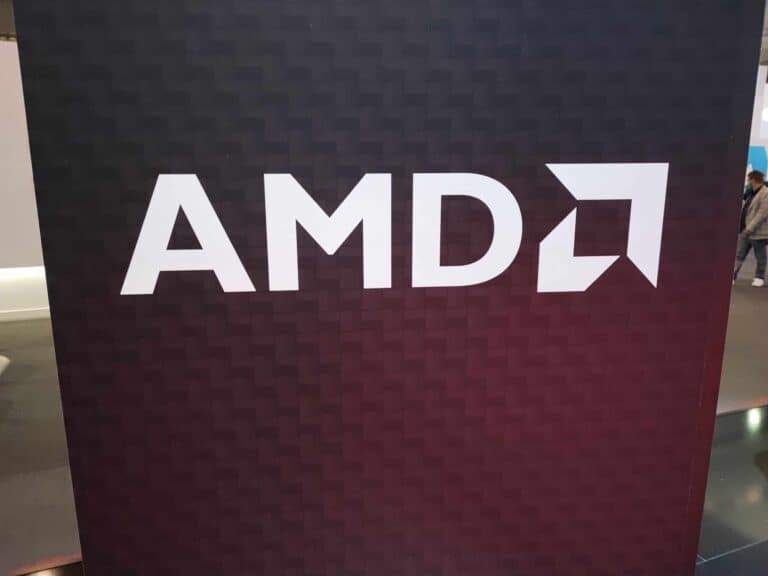The team behind Untether AI is joining AMD. Mere days before this move became public, stealth startup Brium and Enosemi were also acquired by the chipmaker. This explosion of acquisitions seems to be mainly focused on AI inference, with AMD’s ambitions becoming clearer than ever.
Untether AI itself has not been bought out, but it will cease to exist. Apart from CEO Chris Walker, the team seems to have already made the switch last month as reported by CRN. A salient detail is that the venture capital arm of AMD’s competitor Intel was one of the financiers of this startup. Untether focused on both hardware and software, with inferencing as its spearhead.
Nvidia alternative on all fronts
The parties acquired by AMD differ considerably when you look at the details, but in a way that fits well together. For example, Brium built applications for AI inferencing, while Enosemi photonics focuses on the fastest possible communication between AI chips. Together with previous acquisitions such as the Finnish AI lab Silo AI, it is clear that AMD has started to build a substantial network and is acquiring the necessary expertise.
The idea seems to be that this will ultimately be added to AMD’s existing initiatives. AMD Radeon Instinct GPUs are considered a powerful alternative to Nvidia’s chips, but they lack widespread support for CUDA, the API built by Nvidia to develop and run AI applications. AMD has ROCm, which, like Intel’s oneAPI, has essentially the same goal as CUDA. However, there is a lack of AMD or Intel GPUs in data centers to convince developers to switch.
Inferencing as an opportunity
However, the vast majority of AI workloads will not revolve around close interaction with CUDA or the underlying hardware. The goal of many AI startups is precisely to abstract this away. For organizations, the only thing that matters is whether an AI application can run within their own on-premises environment (or even on an “AI PC”) or outside it. In both arenas, there is a significant shortage of money/supply to make the daily operation of impressive AI profitable. Hyperscalers always need a mix of Nvidia, proprietary hardware, and other options, while organizations are gradually being provided with increasingly affordable AI options. Think of Intel’s “Project Battlematrix,” which connects multiple professional GPUs for local LLMs.
AMD is therefore engaged in a flurry of acquisitions. There are many sides to the AI world, with only enterprise AI training (reserved for a handful of companies) truly being Nvidia’s domain when it comes to the fastest, most supported hardware. There are gains to be made elsewhere, and AMD is building up its position in those areas.
